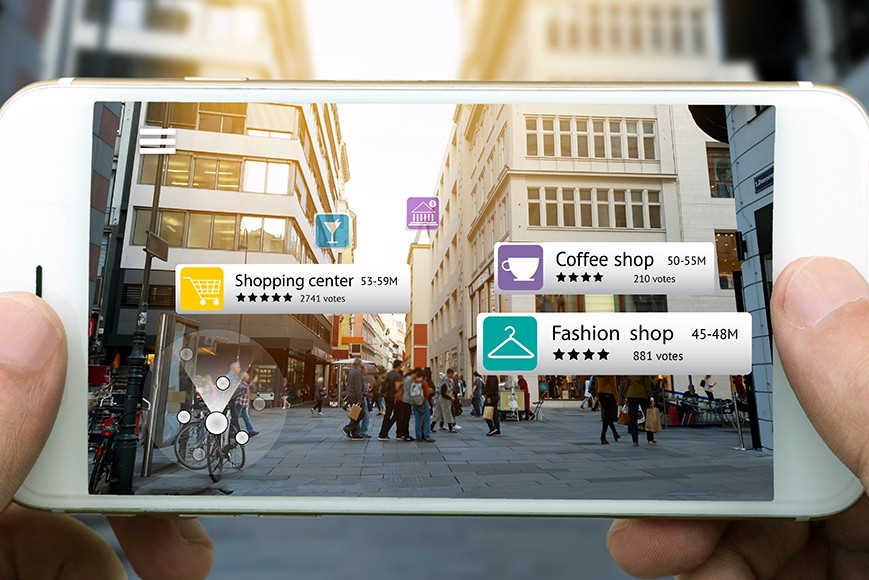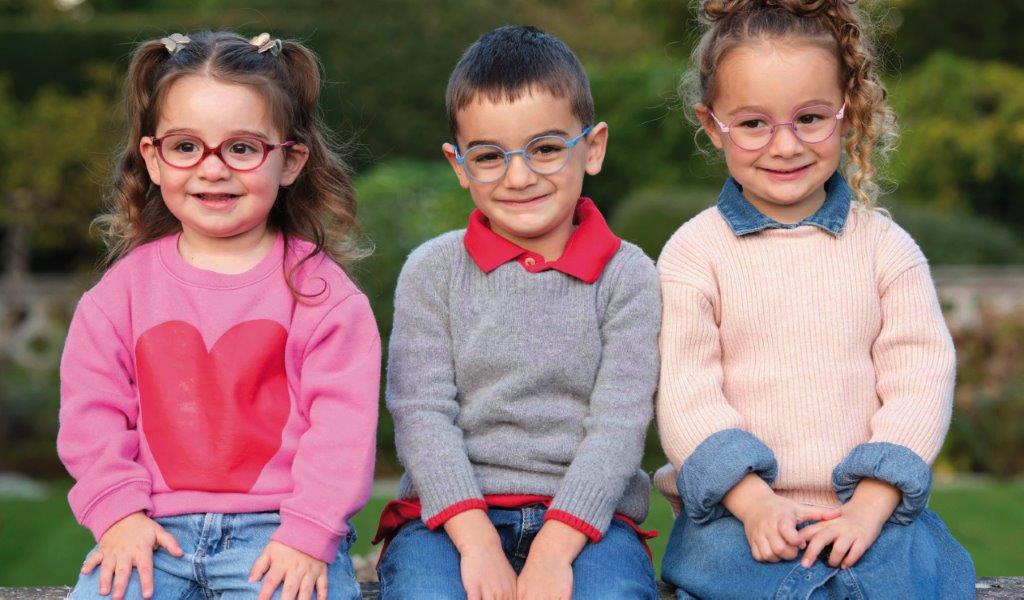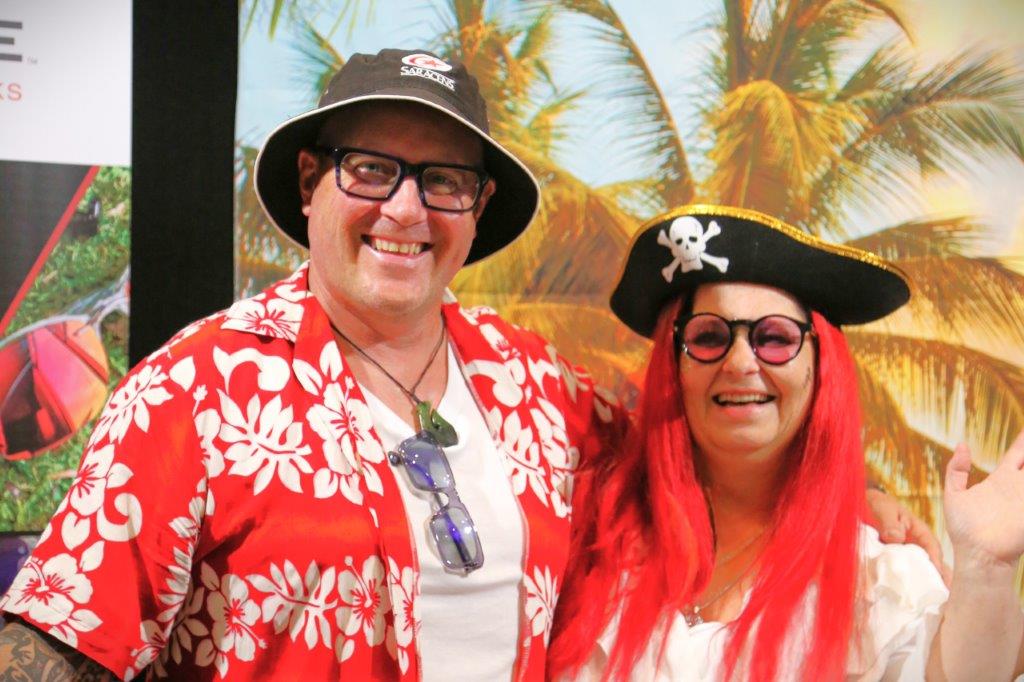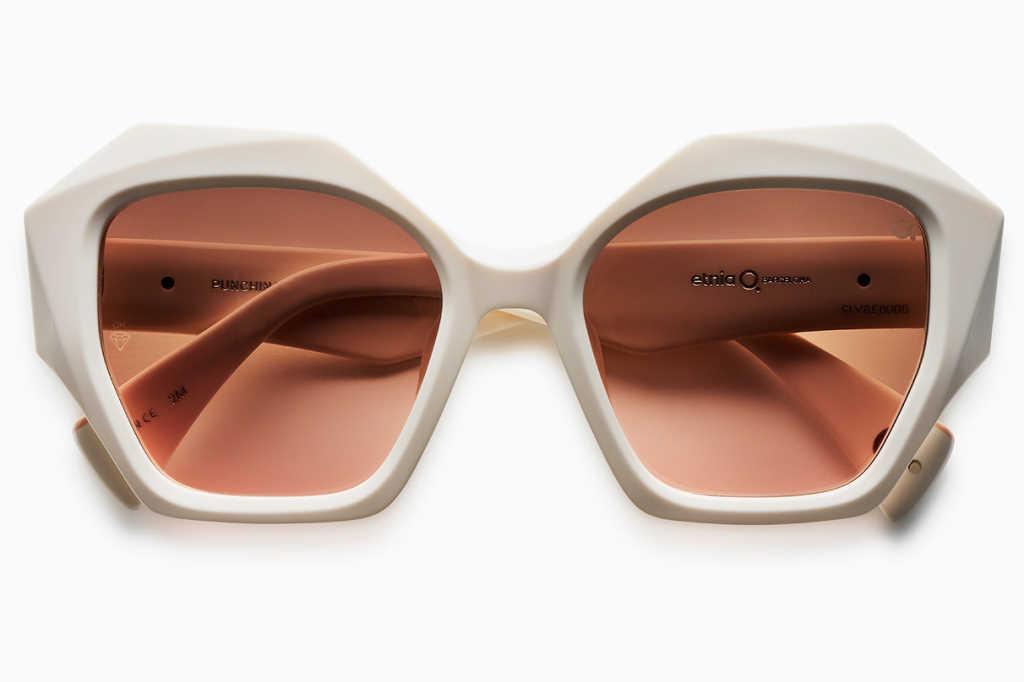Consumer behavior trends in 2018
Consumer trends for 2018
Despite a strengthening global economy and consumer expenditure expected to grow at its strongest rate since 2011, shifting consumer attitudes and behaviours, together with improved mobile technology and internet access, will continue to cause disruption for retail businesses in 2018, says global market intelligence agency Euromonitor International.
Its recently released report, the Top 10 Global Consumer Trends for 2018, identifies sharing and renting, not ownership, as a key trend, while ‘hashtag’ activism has led to unprecedent consumer power forcing businesses to re-think their branding and marketing strategies.
Sharing services, particularly, are expected to soar in 2018, says report author Alison Angus, Euromonitor’s head of lifestyles. One of the many examples of this is the still relatively new pay-as you-wear designer outfit rental service, Style Trial, offered by one London Westfield shopping centre. Meanwhile, in New Zealand, anyone living in or visiting Auckland this summer would have been hard pressed not to notice the new, privately-run Onzo bike sharing trial.
The rise of augmented reality (AR), blending the digital world with the real world around us, is also expected to go mainstream in 2018, increasingly affecting how consumers seek and shop for products. AR technology, now available on newer smartphones, allows consumers to virtually try products before buying online or in-store. And this is happening already, says Angus, naming the Sephora AR app, which lets people virtually test beauty products, and the Dulux Visualiser app, allowing you to see what your painted walls could look like, as examples.
With AR, online shoppers will have a more realistic view of the item they are researching and may, consequently, be more likely to complete the purchase online, she says. She expects return rates for online businesses which offer AR tools to reduce as a result. Consumers will also actively begin to look for brands which have AR apps, she says, so they can experience products, like eyewear better from the comfort of their own living rooms, sharing what they find and gaining feedback from their peers online.
Another trend gaining in popularity, according to Angus, is on-demand solutions for our hectic and mobile lifestyles, with the take up of those solutions driven by our increasing desire to cut costs, save time and live more freely, while attempting to be as eco-friendly as possible.
Our love of personalisation is continuing to push customisation to new levels. Companies like Converse and Nike, for example, now invite consumers to take part in the creative process. While understanding and thus communicating the journey of a product is also a growing trend so consumers are more likely to trust the brand and be more comfortable with the end result. While a new wave of companies aims to provide consumers with genetic findings related to their general health, fitness and nutrition.
Euromonitor’s report doesn’t specifically advise what retailers should be doing to be successful in today’s demanding market but, reading between the lines, embracing technology, having a multi-channel retail environment and giving consumers the opportunity to connect with your brand, and perhaps even influence the creative design process, should set you on the right path.



























